SSD Market to Grow by 23.87% from 2022 to 2027
The solid state drive
(SSD) market size is estimated to grow at a CAGR of 23.87% between 2022 and 2027. The market size is
forecast to increase by USD 74,553.83 million, according to Technavio. The growing competition in the
market is compelling vendors to adopt various growth strategies such as
promotional activities and spending on advertisements to improve the visibility
of their services. Technavio's report analyzes the market's competitive
landscape. It offers information on several market vendors including - ADATA
Technology Co. Ltd., Corsair Gaming Inc., DataDirect Networks Inc., Intel
Corp., International Business Machines Corp., Kingston Technology Co. Inc.,
Kioxia Corp., LITE-ON Technology Corp., Maxta Inc., Micron Technology Inc.,
NetApp Inc., Pure Storage Inc., Samsung Electronics Co. Ltd., Seagate
Technology Holdings Public Ltd. Co, Simms International plc, SK HYNIX Inc.,
Sony Group Corp., Toshiba Corp., Transcend Information Inc., and Western
Digital Corp.
Solid State Drive (SSD) Market – Market Dynamics
Key Drivers
Enhanced performance and durability
is a key factor driving the market growth. Solid-state
drives (SSDs) provide a reliable storage solution that maintains data safety
even in challenging operating conditions, as they do not have any moving parts.
Unlike traditional hard disk drives (HDDs), SSDs do not rely on the physical scanning
of disks, resulting in faster access to memory addresses without physical
limitations.
In addition, SSDs present high
efficiency when compared to HDDs, and leading vendors like Intel, Samsung, and
SanDisk offer SSD models with improved power usage. Vendors are continuously
improving SSD performance and durability. For example, Seagate Technology
Holdings launched FireCuda 530, a high-performance SSD for PC gaming.
Furthermore, SSDs outperform HDDs by offering 100 times better performance,
including instant access, faster file transfers, quicker boot-ups, and an
overall enhanced computing experience. Hence, these factors are expected to
drive market growth during the forecast period.
Major Trends
The increasing emergence of 3D NAND
is a major trend in the market. The
introduction of 3D NAND technology has had a transformative impact on the
storage industry. 3D NAND technology enables higher data density, resulting in
increased SSD capacity. The use of 3D NAND SSDs is also increasing in IoT
devices and driverless vehicles. This technology offers several advantages,
including lower power consumption and ten times higher endurance compared to
conventional architectures.
3D NAND provides for significantly
higher capacity per die, allowing SSDs to surpass the storage capacity of hard
drives. This development is important as HDDs have a maximum capacity of 10TB.
Leading vendors are increasing their investments in the development of 3D NAND
fabrication facilities to meet the growing demand for these advanced storage solutions.
Hence, these factors will drive the growth of the market during the forecast
period.
Significant Challenges
Poor latency and endurance are key
factors restraining market growth. SSD
latencies typically range in the order of a few hundred microseconds. However,
in certain situations where access is interrupted by internal device tasks,
latencies can extend to tens of milliseconds or even a few seconds. The lack of
coordination across multiple devices within an array further complicates the
issue, leading to unpredictable IO performance due to uncoordinated internal
tasks.
Endurance poses another significant
challenge for SSDs as they have limited write cycles compared to hard disks.
Single-Level Cell (SLC) flash drives exhibit higher endurance than Multi-Level
Cell (MLC) drives, but they are too costly for mainstream applications,
limiting their widespread adoption. Therefore, these factors are expected to
restrict market growth during the forecast period.



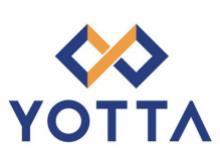

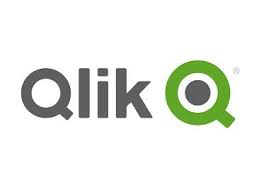






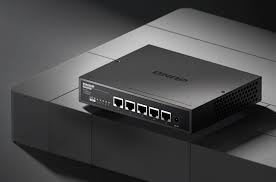
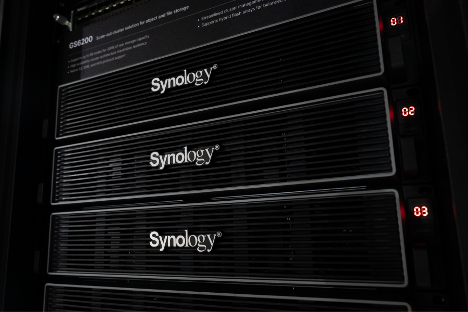















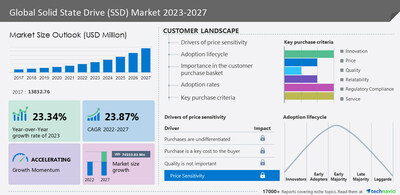
Leave A Comment